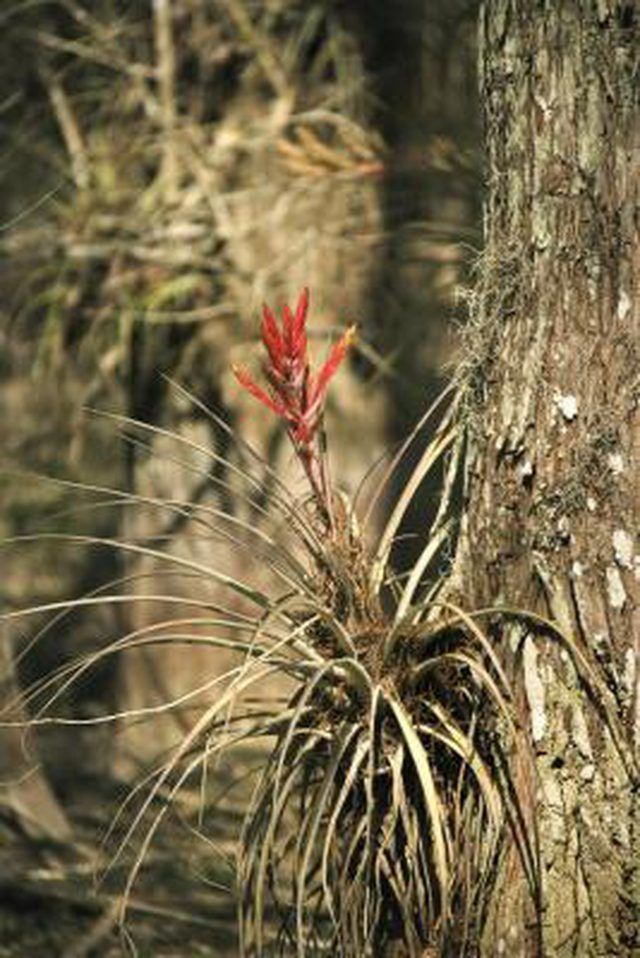Bulbs
Flower Basics
Flower Beds & Specialty Gardens
Flower Garden
Garden Furniture
Garden Gnomes
Garden Seeds
Garden Sheds
Garden Statues
Garden Tools & Supplies
Gardening Basics
Green & Organic
Groundcovers & Vines
Growing Annuals
Growing Basil
Growing Beans
Growing Berries
Growing Blueberries
Growing Cactus
Growing Corn
Growing Cotton
Growing Edibles
Growing Flowers
Growing Garlic
Growing Grapes
Growing Grass
Growing Herbs
Growing Jasmine
Growing Mint
Growing Mushrooms
Orchids
Growing Peanuts
Growing Perennials
Growing Plants
Growing Rosemary
Growing Roses
Growing Strawberries
Growing Sunflowers
Growing Thyme
Growing Tomatoes
Growing Tulips
Growing Vegetables
Herb Basics
Herb Garden
Indoor Growing
Landscaping Basics
Landscaping Patios
Landscaping Plants
Landscaping Shrubs
Landscaping Trees
Landscaping Walks & Pathways
Lawn Basics
Lawn Maintenance
Lawn Mowers
Lawn Ornaments
Lawn Planting
Lawn Tools
Outdoor Growing
Overall Landscape Planning
Pests, Weeds & Problems
Plant Basics
Rock Garden
Rose Garden
Shrubs
Soil
Specialty Gardens
Trees
Vegetable Garden
Yard Maintenance
How to Attach Bromeliads to Driftwood
How to Attach Bromeliads to Driftwood. Certain bromeliads develop hold-fast roots to attach to trees or rocks. Epiphytes, also known as "air plants," often grow wild on the bark of trees. Bromeliads you can mount on driftwood include Billbergia, aechmea, and Tillandsias that have hard leaves. Many bromeliads need to be potted, so it's important to...

Certain bromeliads develop hold-fast roots to attach to trees or rocks. Epiphytes, also known as "air plants," often grow wild on the bark of trees. Bromeliads you can mount on driftwood include Billbergia, aechmea, and Tillandsias that have hard leaves. Many bromeliads need to be potted, so it's important to choose bromeliads that can thrive in a mounted setting to avoid disappointment. Mounting a bromeliad on driftwood requires only a few common supplies.
Things You'll Need
Driftwood
Bucket of water
Mountable bromeliads, such as Tillandsia, Aechmea and Billbergia
Sphagnum moss
Nylon string such as fishing line
Scissors
Submerge the driftwood in a bucket of water to soak out the salt. Change the water at least every two days for two weeks. Dry the driftwood in the sun for a day.
Match each bromeliad to a suitable piece of driftwood so that the plant's roots will have sufficient support. A small tillandsia can nestle in a piece of driftwood the size of your hand. A larger bromeliad requires a piece of wood at least the size of the plant. Driftwood with holes and deep crannies work well for mounting bromeliads.
Wrap sphagnum moss around the roots of each bromeliad. Use enough to cover the roots, such as half a handful. On a small plant, a thumb-sized amount of moss is enough. Situate the plant's moss-wrapped roots in a depression or cleft in the driftwood.
Wind fishing line gently around the base of the bromeliad and the driftwood, wrapping the two together. Wrap the line securely around the plant at the juncture of the leaves and the roots and around the driftwood six to eight times until the plant is securely attached. Leave at least 2 inches of line free and tie the starting end and the end of the line together. The wrapping is only temporary for support, so you don't have to be concerned about the kind of knot or how it looks.
Cut off the nylon string once the bromeliad roots are firmly attached to the driftwood, after a month or longer, depending on the species and maturity of the plant. Mountable bromeliads, including Tillandsia, Aechmea and Billbergia, use their roots primarily for support. They take in water and nutrients from the air, dust and debris in their environment.
Tips & Warnings
Avoid overwatering your driftwood-mounted bromeliad, as this can cause rot.
Use rainwater or distilled water for tank-style bromeliads. Tank-style bromeliads form a natural cup in the center of the leaves. Water them by pouring the water into the cup.
Bromeliads prefer at least 50 percent humidity. Keeping bromeliads in the bathroom or kitchen can help them thrive in homes with heated, dry air.
Tillandsias with gray or hard leaves are epiphytes. Other tillandsias with soft leaves prefer being potted. Mist driftwood-mounted bromeliads to supply them with water and place them in bright, indirect light.
Check that the bromeliad is securely attached to the driftwood before moving it to avoid injury to the plant.
Avoid placing bromeliads in direct light or full sun.